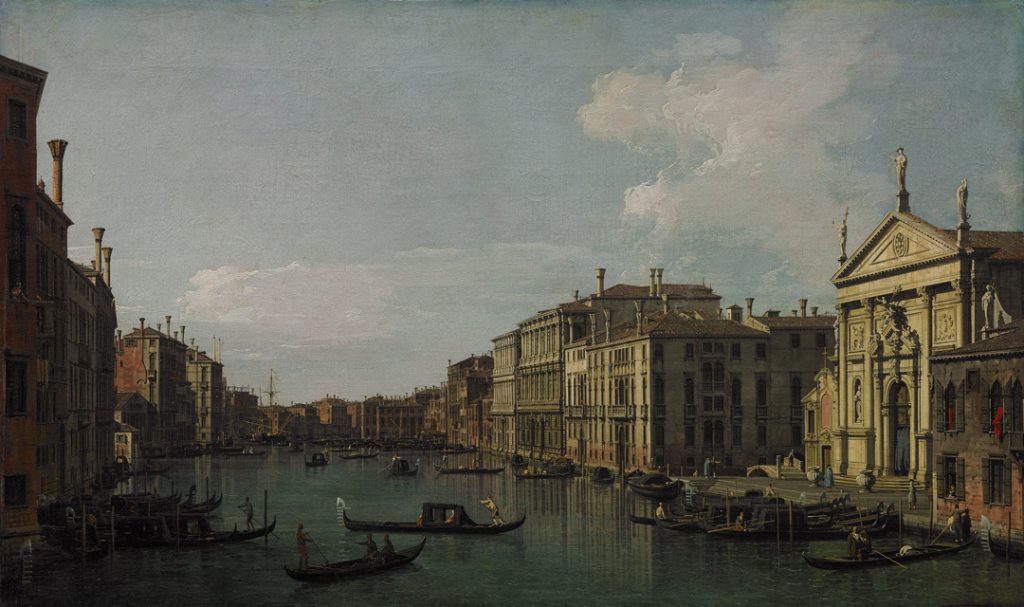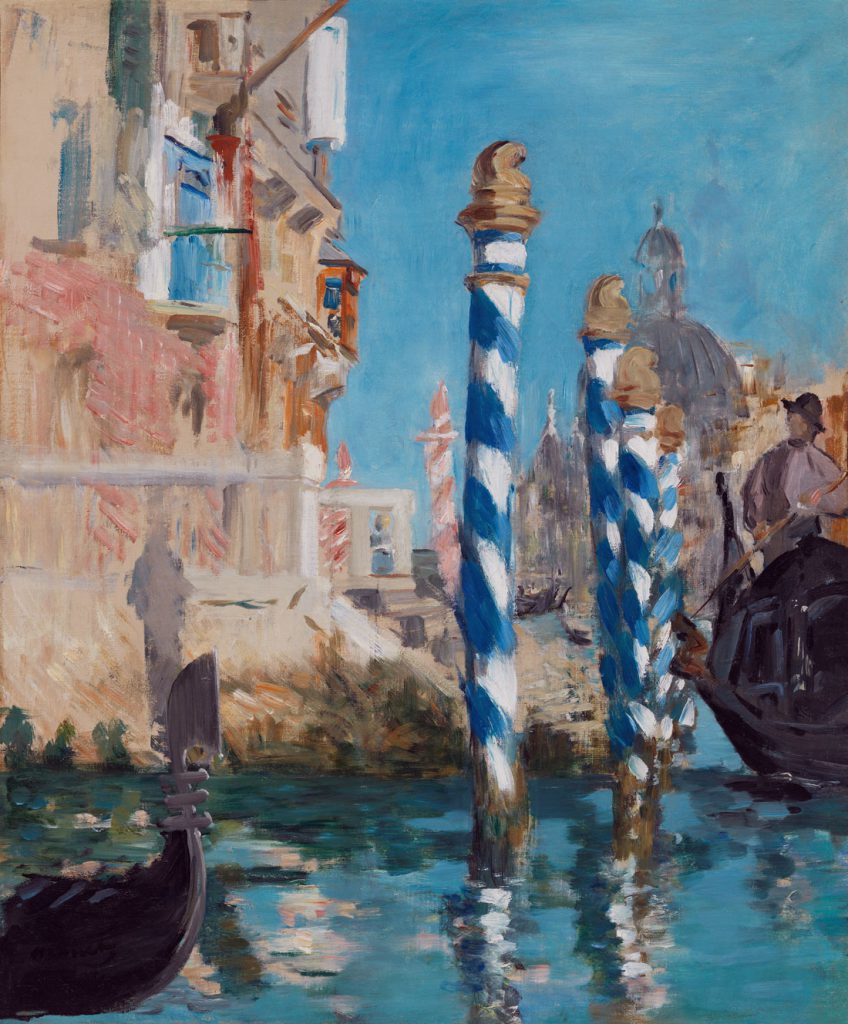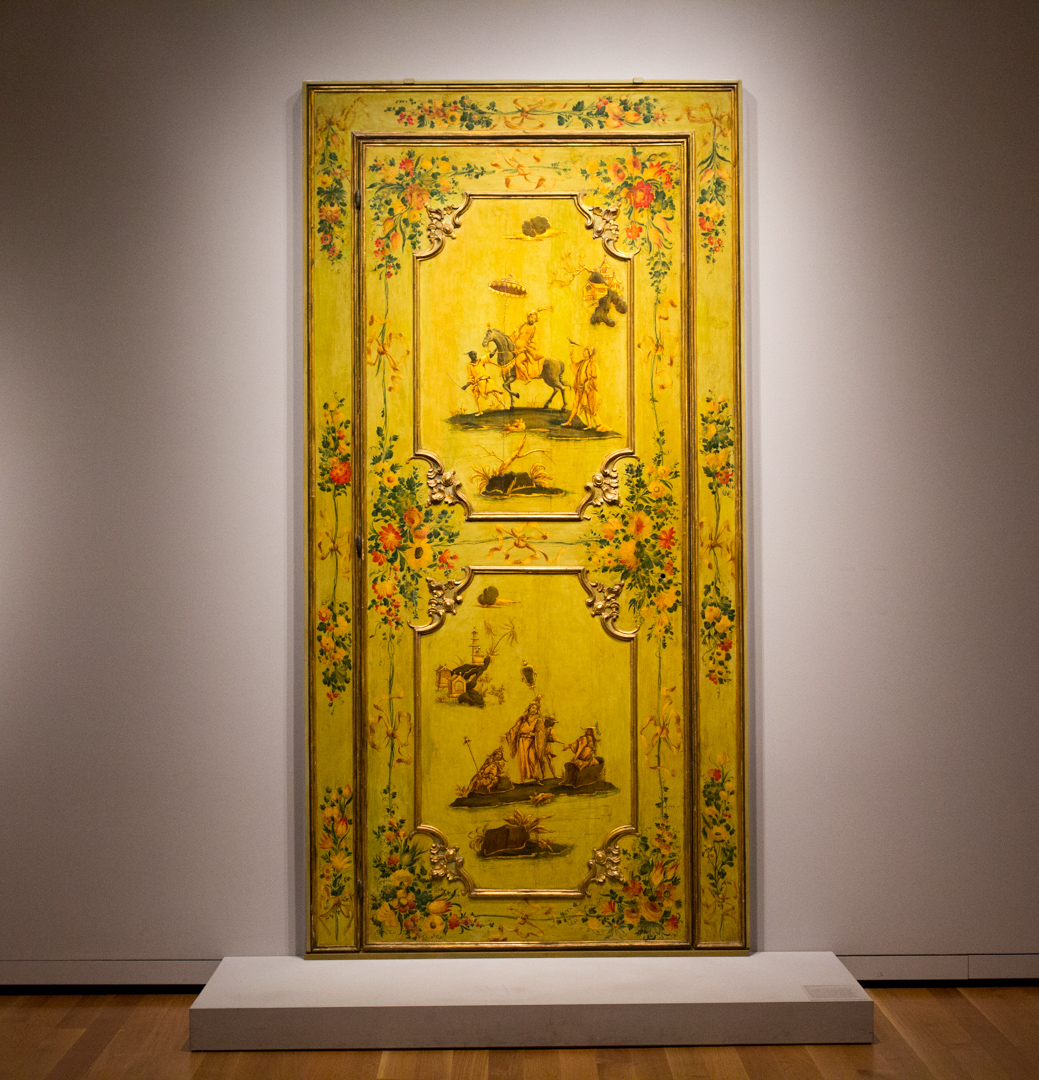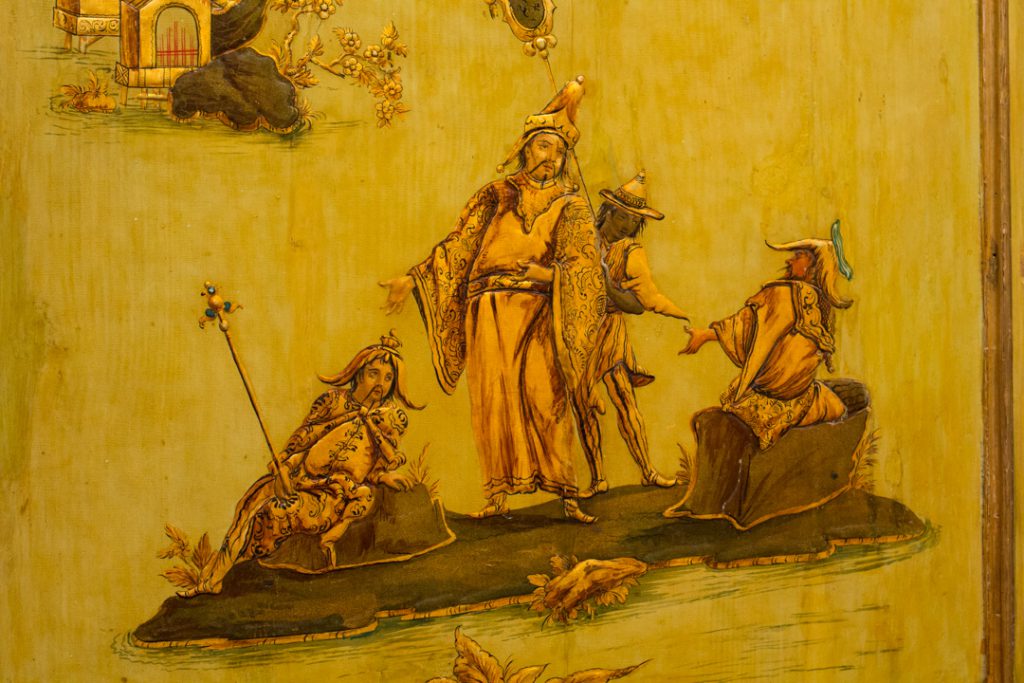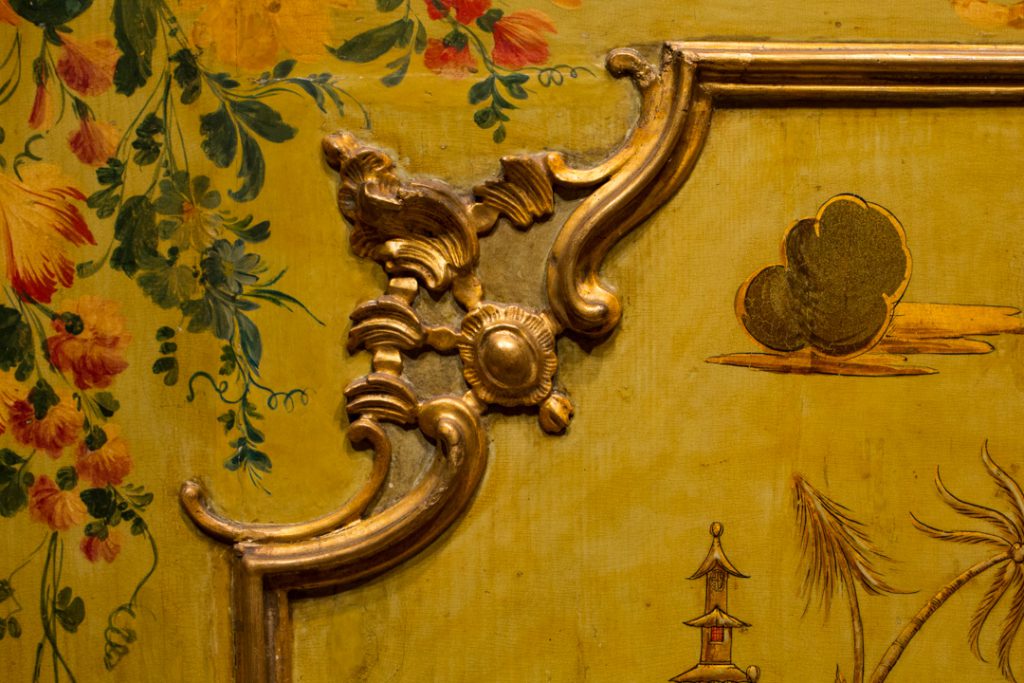Seeing Nature through The Eyes of Curators: Venice
By the 18th century, landscape has become a full-fledged genre. One of the reasons that artists paint landscapes is for a shifting international clientele that is doing a lot of travel. Of course, it is the wealthiest elite that is doing this kind of travel, such as English gentlemen on the Grand Tour. It becomes a mandatory part of one’s education to spend time in Italy, which is where European systems of government formed and where there are still ancient monuments for people to see. It also has a lush and exotic landscape from an English perspective. In Seeing Nature: Landscape Masterworks from the Paul G. Allen Family Collection you’ll see works focused on Italy, and particularly Venice—a favorite place for people to visit and a very favorite place for artists to portray. It is also a favorite place of Paul Allen’s—there are eight paintings of Venice in this exhibition. Throughout, you have the opportunity to think about places you have, or haven’t, visited, and see them through the eyes of artists. And this is especially true of Venice.
The first great painter of Venice is Canaletto, a Venetian, and he paints very exacting images of particular locations in Venice. Venice is a magical place because it is so unchanged. You can seek out this view of the Grand Canal and it will look just like the painting. Canaletto had his studio in Venice where these paintings were displayed and English visitors would commission paintings or buy them in groups as decoration for their homes. Both of the Canaletto paintings in Seeing Nature are spectacular paintings in their own quiet way. He can easily describe the rhythms of everyday life, but can also describe pageantry and the kind of stately and more decorated trappings that Venice could put on for grand occasions. The ingredients that you see here—buildings, water, boats, sky—those are the basic ingredients of any painting about Venice and artists will address these elements according to their own interests.
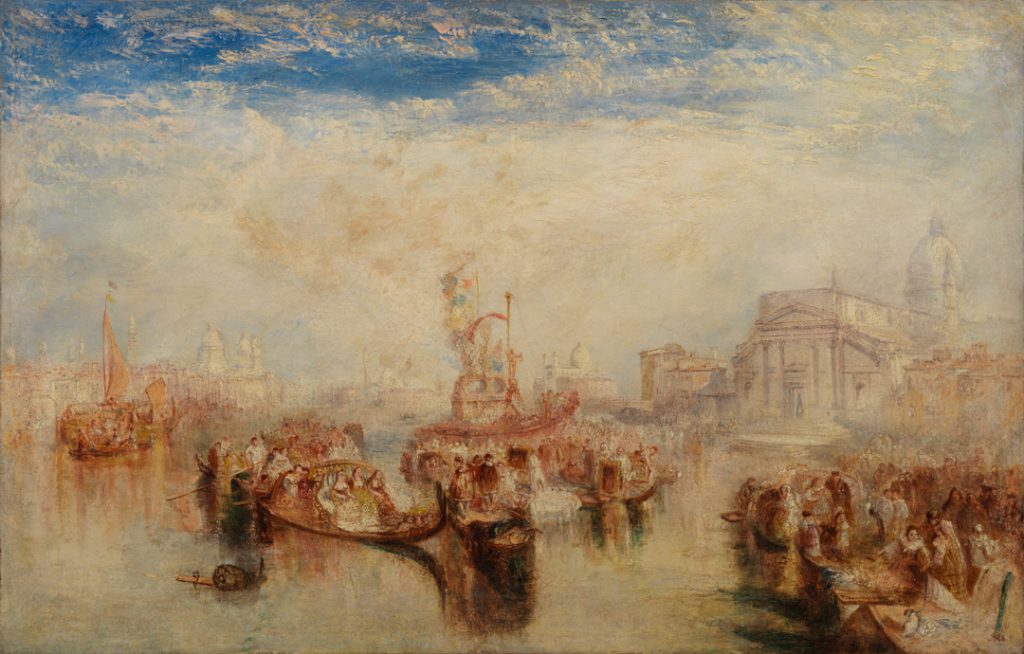 J. M. W. Turner painted about a century after Canaletto, in the mid-19th century. By 1841 when he painted this painting, Turner had visited Venice three times. His early works are watercolor studies made on the spot—probably influenced by images by Canaletto and other Venetian artists. By the time he is well into his career, he has made Venice the scene for a kind of more poetic rumination on mood and atmosphere–and also a sense of nostalgia for the past, which often accompanies views of Venice as well as poetry and literature about the city. Turner has invented a story here about the great 15th century painter, Giovanni Bellini, whose paintings are still to be seen in many churches in Venice. In Turner’s fantasy, three Bellini paintings are being delivered to the church that you see in the painting. He has created a lavish and dignified pageant: you can practically hear the music playing, with richly dressed people and flags and banners and a full flotilla delivering these paintings to this beautiful church. Sky, water, boats, buildings—it’s all here, but what a different effect from the Canaletto paintings. Most of the paintings in the exhibition have Plexiglass over them so you can get close to them and study the surface and brushwork. This one is almost like enamel. It looks like palette-knife work. Turner’s texture and color contribute to the mood. This is all part of concocting an emotional and poetic response to this place.
J. M. W. Turner painted about a century after Canaletto, in the mid-19th century. By 1841 when he painted this painting, Turner had visited Venice three times. His early works are watercolor studies made on the spot—probably influenced by images by Canaletto and other Venetian artists. By the time he is well into his career, he has made Venice the scene for a kind of more poetic rumination on mood and atmosphere–and also a sense of nostalgia for the past, which often accompanies views of Venice as well as poetry and literature about the city. Turner has invented a story here about the great 15th century painter, Giovanni Bellini, whose paintings are still to be seen in many churches in Venice. In Turner’s fantasy, three Bellini paintings are being delivered to the church that you see in the painting. He has created a lavish and dignified pageant: you can practically hear the music playing, with richly dressed people and flags and banners and a full flotilla delivering these paintings to this beautiful church. Sky, water, boats, buildings—it’s all here, but what a different effect from the Canaletto paintings. Most of the paintings in the exhibition have Plexiglass over them so you can get close to them and study the surface and brushwork. This one is almost like enamel. It looks like palette-knife work. Turner’s texture and color contribute to the mood. This is all part of concocting an emotional and poetic response to this place.
Later in the exhibition you can see how Manet, Monet and other Impressionists saw Venice through the lens of the artistic issues of their own time.
– Chiyo Ishikawa, Susan Brotman Deputy Director for Art and Curator of European Painting and Sculpture
Hearing from SAM ‘s curators is a treat and this post is only a taste of what Chiyo Ishikawa and Jeffrey Carlson, SAM Collections Coordinator, will be speaking on Wednesday, April 19 during A Constant Entertainment: A View Of Venice From Canaletto’s Studio. This lecture is part of our Conversations with Curators series. This popular members-only lecture series still has tickets available and single lectures are open to the public. Get your ticket now for more on Venice and our current exhibition, Seeing Nature, on view through May 23.

